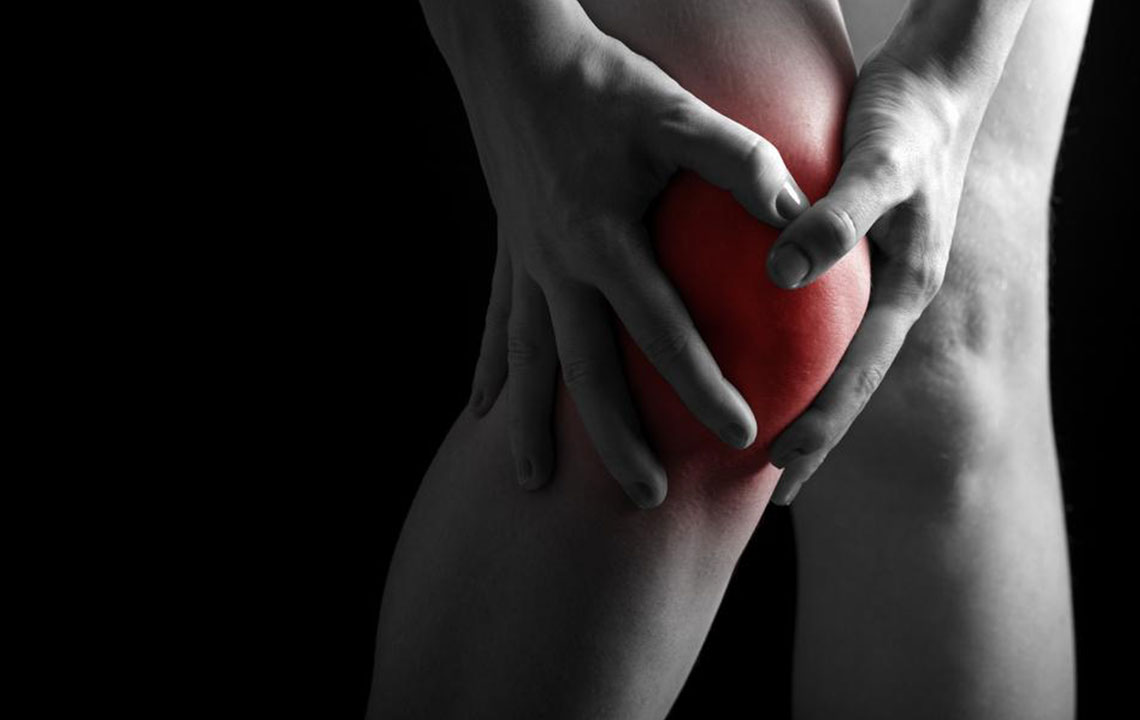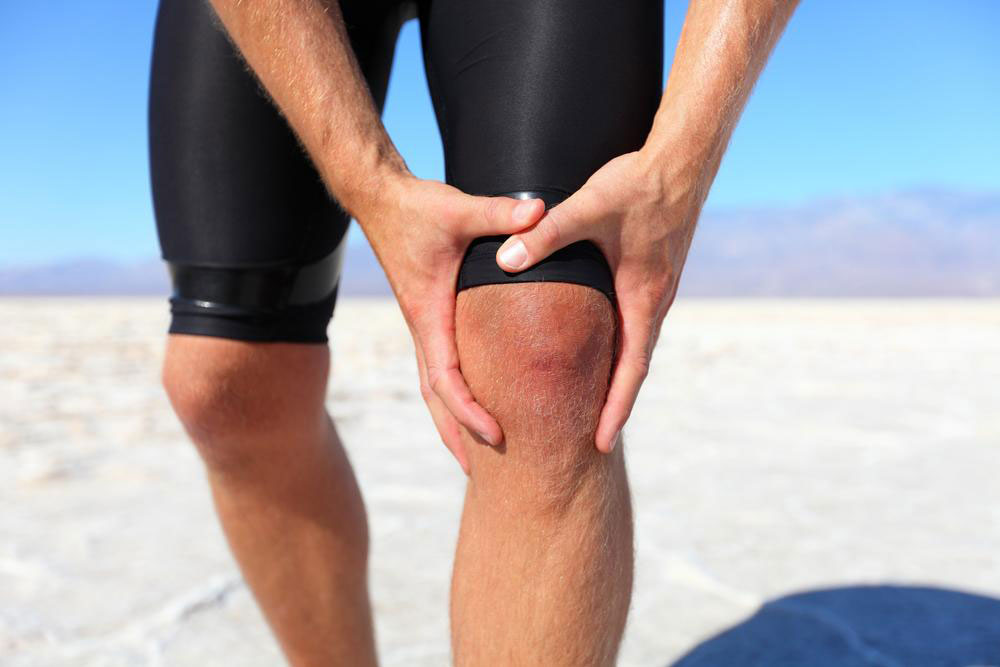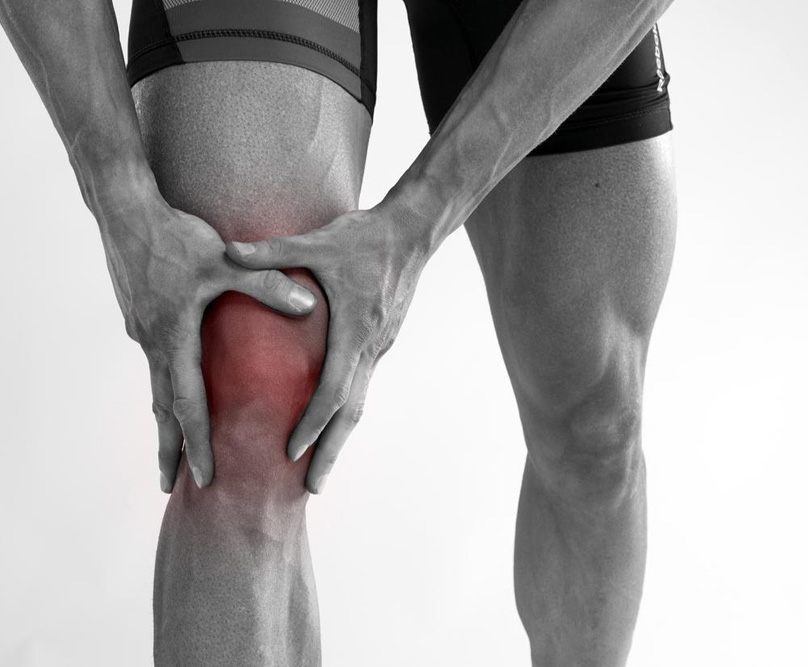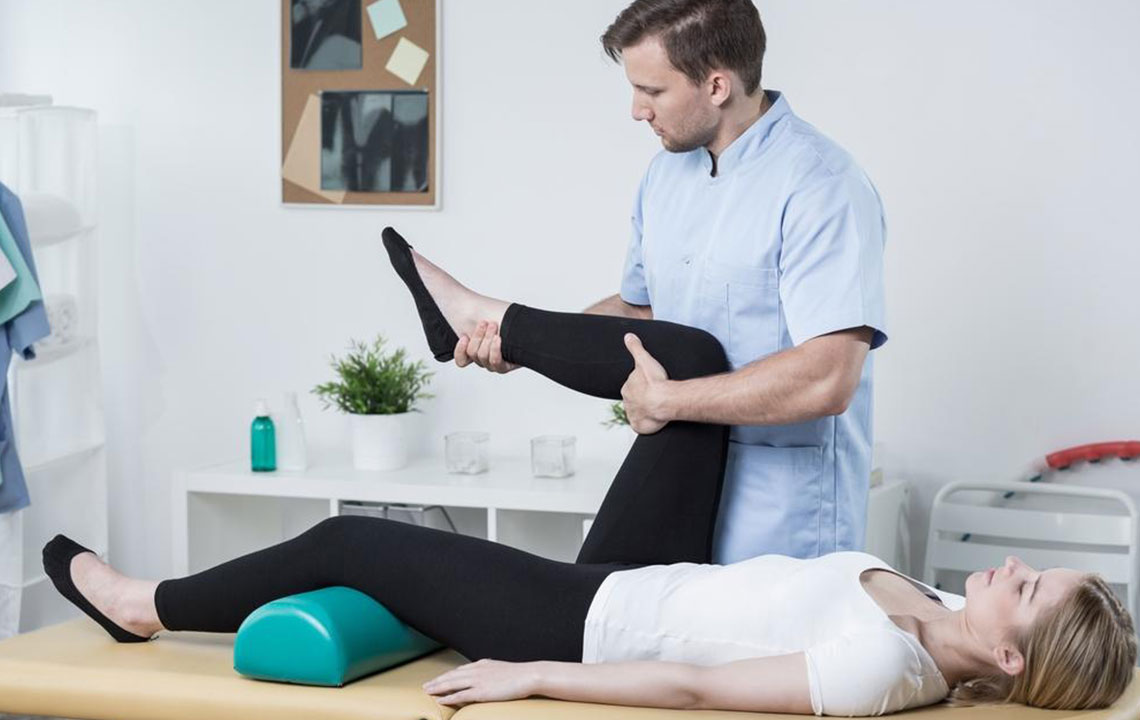Comprehensive Guide to Causes and Effective Treatments for Knee Discomfort
This detailed article explores common causes of knee discomfort, including ligament injuries, cartilage damage, arthritis, dislocation, and fractures. It covers diagnosis methods, conservative and surgical treatment options, and tips for preventing future knee issues. Whether you're experiencing minor pain or severe injury, understanding these factors can help you seek appropriate care and maintain healthy knee function for an active life.

Knee discomfort is a common issue that affects people of all ages and activity levels. Whether caused by sports injuries, everyday wear and tear, or degenerative conditions, knee pain can significantly impact daily life and physical activity. Recognizing the underlying causes of knee pain and understanding the available treatment options is essential for maintaining mobility and preventing long-term damage. This comprehensive guide explores the primary reasons for knee discomfort, how to diagnose them accurately, and the effective treatments to restore knee health and function.
Understanding Knee Anatomy and Function
The knee is a complex hinge joint that connects the thigh bone (femur) to the shin bone (tibia). It is supported by ligaments, tendons, muscles, and cartilage tissue, which work together to enable smooth movement and bear weight. The main components include:
Ligaments: Connect bones and provide stability. Key ligaments include the anterior cruciate ligament (ACL), posterior cruciate ligament (PCL), medial collateral ligament (MCL), and lateral collateral ligament (LCL).
Cartilage: Cushions joint surfaces; notably, the menisci act as shock absorbers between the femur and tibia.
Tendons and muscles: Connect muscles to bones, aiding in movement and stability.
Common Causes of Knee Discomfort
Ligament Injuries
Ligament injuries are prevalent in athletes and individuals engaged in high-impact activities. The ACL, PCL, MCL, and LCL are susceptible to sprains or tears during sports like football, basketball, skiing, or even accidental falls. Such injuries often result in sudden, intense knee pain, swelling, instability, and loss of function. Severe cases may require surgical repair or reconstruction, especially for ACL tears, which can take several months to recover from.
Cartilage Damage
Damage to the knee’s cartilage, particularly the menisci, is a common cause of pain, especially among athletes and older adults. Meniscal tears can occur due to twisting motions or trauma, leading to swelling, catching or locking of the knee, and pain during movement. Depending on severity, cartilage injuries may heal with conservative treatment or necessitate arthroscopic surgery to repair or remove damaged tissue.
Arthritis in the Knee
Arthritis is a degenerative joint disease that causes cartilage deterioration, leading to pain, stiffness, and reduced mobility. The three main types are osteoarthritis, rheumatoid arthritis, and post-traumatic arthritis. Osteoarthritis, the most common form, typically affects individuals over 50 and is linked to aging, obesity, previous injuries, or genetic predisposition. Rheumatoid arthritis is an autoimmune disorder causing inflammation of joint tissues, which can lead to joint destruction if untreated. Post-traumatic arthritis arises after significant injuries such as ligament tears, fractures, or dislocations, which accelerate cartilage breakdown over time.
Symptoms often include persistent swelling, stiffness, warmth, and difficulty in bending or straightening the knee. Managing arthritis involves a combination of lifestyle modifications, medications, physical therapy, and sometimes surgical interventions like knee replacements.
Joint Dislocation
A dislocated knee occurs when the bones in the joint are forced out of their normal position, often due to traumatic injuries from accidents or falls. This condition is a medical emergency as it can impair blood flow and nerve function. Immediate treatment involves realignment of the joint, stabilization, and extensive medical assessment to prevent complications such as nerve or blood vessel damage.
Bone Fractures
Traumatic events like falls, accidents, or direct blows can cause fractures in the bones constituting the knee joint—femur, tibia, or patella. Fractures are characterized by intense pain, swelling, bruising, and inability to bear weight on the affected leg. Fracture management involves immobilization, pain control, and often surgical intervention to realign broken bones and ensure proper healing.
Diagnosing Knee Issues
Effective diagnosis involves a thorough clinical examination and imaging studies. Physicians assess pain, swelling, range of motion, stability, and special tests to identify specific injuries or degenerative conditions. X-rays are standard to evaluate bone integrity and joint space narrowing. MRI scans provide detailed images of soft tissue structures like ligaments, tendons, and cartilage, essential for diagnosing tears or early degenerative changes. Blood tests might be ordered in cases suspected of inflammatory arthritis, such as rheumatoid arthritis.
Effective Treatments for Knee Discomfort
Conservative Management
Initial treatment often involves non-invasive approaches aimed at reducing pain and inflammation while restoring function. These include:
Rest and activity modification: Avoid activities that cause pain or further injury.
Physical therapy: Tailored exercises strengthen surrounding muscles, improve flexibility, and stabilize the joint.
Medications: Non-steroidal anti-inflammatory drugs (NSAIDs), acetaminophen, or corticosteroid injections help manage pain and swelling.
Supportive devices: Braces, wraps, or orthotics provide additional stability and reduce strain.
Weight management: Reducing body weight decreases load on the knee joint, alleviating symptoms.
Surgical Interventions
When conservative treatments are insufficient, surgical options may be necessary, including:
Arthroscopic surgery: Minimally invasive procedure to repair or remove damaged cartilage, menisci, or ligaments.
Ligament reconstruction: Surgical repair or replacement of torn ligaments, particularly the ACL.
Partial or total knee replacement: Replacing damaged joint surfaces with artificial components for severe arthritis cases.
Fracture fixation: Surgical stabilization of broken bones using plates, screws, or rods.
Post-Treatment Care and Prevention
Recovery involves physical therapy to regain strength and mobility, along with lifestyle changes to prevent recurrence. Maintaining a healthy weight, regular low-impact exercise, and proper warm-up routines are crucial in preventing knee injuries. Patients are advised to follow medical guidelines diligently to ensure complete healing and avoid future complications.
Summary
Knee discomfort can stem from various causes ranging from ligament injuries and cartilage damage to arthritis and trauma. Accurate diagnosis and tailored treatment plans—whether conservative or surgical—are key to effective recovery. Preventative measures play an important role in reducing the risk of future injuries. If you experience persistent knee pain or instability, consult a healthcare professional promptly to determine the appropriate course of action and restore your knee’s health and function.





